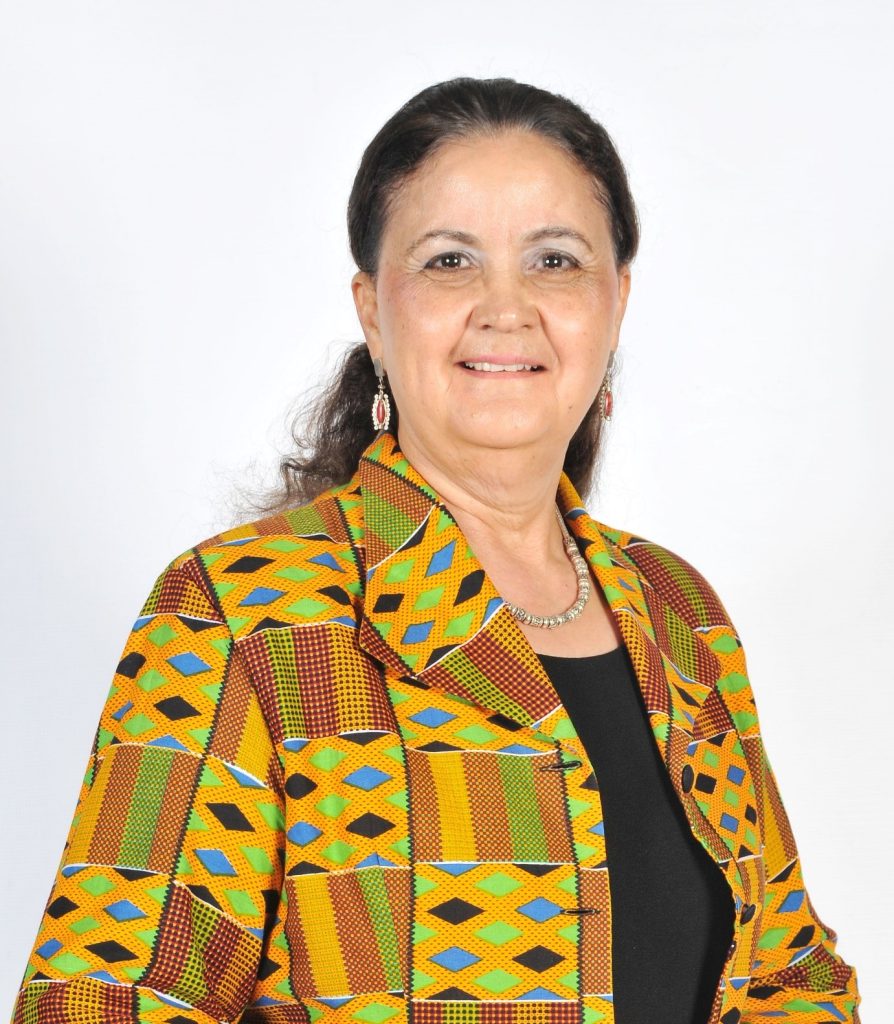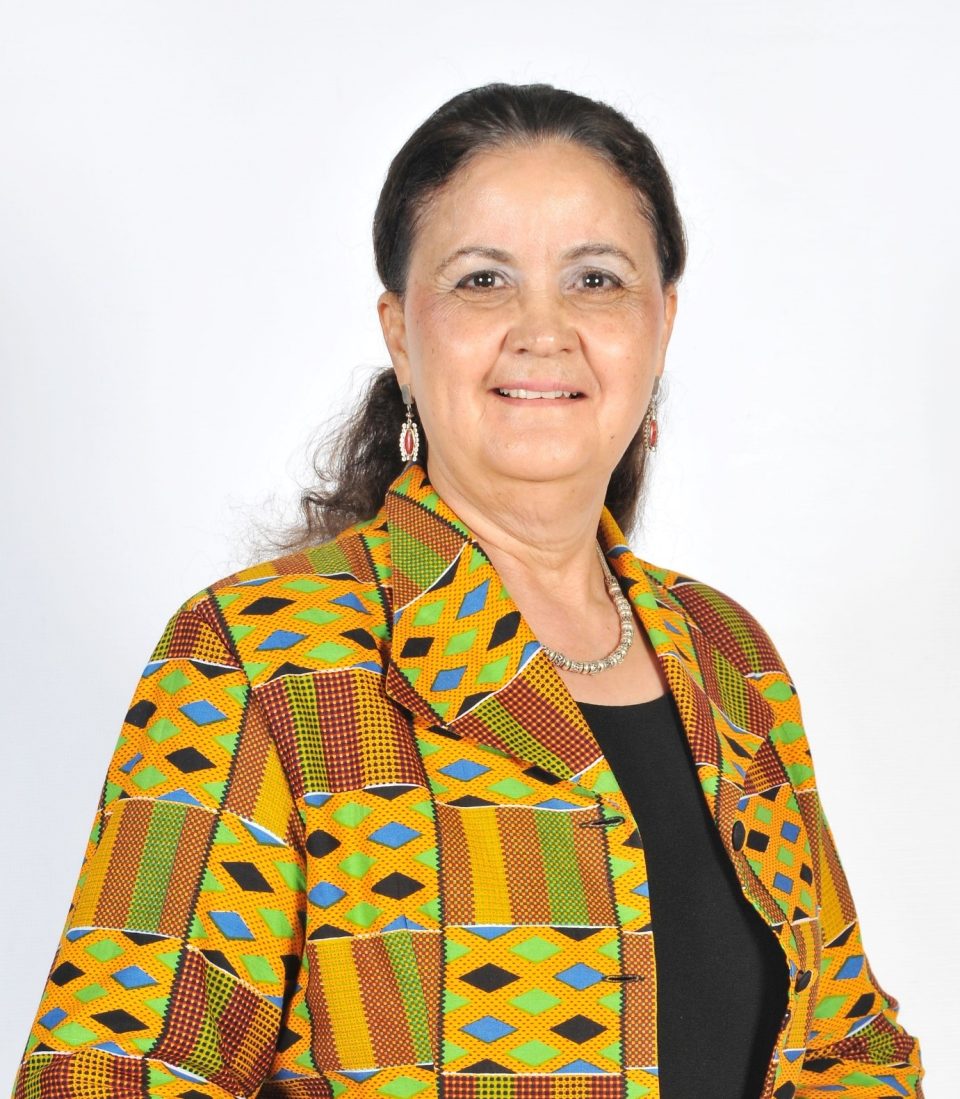
The Q(h)ubeka Trust, which was formed in 2016 to allocate funds to silicosis-affected mineworkers, held its final AGM today and announced its closure as of 21 April 2023, as provided for in the Trust Deed.
By the date of closing, the Trust had awarded R421,789,144 to 2,280 beneficiaries, based on medical assessments of disease development. Amounts awarded represent 99,2% of the total amount due to 2,301 beneficiaries.
The remaining 0,8% is due to the dependants of 37 claimants, 16 of whom have received their first tranche of payment. These families still need to supply legal proof that they are the heirs of the original mineworker claimants. This money, amounting to R3,503,660, has been set aside for the families to claim – as soon as they have all the necessary official documents from the Department of Home Affairs and the Courts.
One of the many problems the Trustees faced was the large number of claimants who passed away since lodging compensation claims against particular mining companies in 2011. Where the claimants were diagnosed with silicosis, the compensation money was due to their heirs. But only a single claimant had written a will – and the courts, which settle estates, are often slow.
The Trust was established following the successful conclusion of a lengthy compensation battle by lawyers representing former mineworkers Richard Meeran and Zanele Mbuyisa, who had contracted silicosis as a result of working for various mines owned by Anglo American South Africa Limited and/or AngloGold Ashanti Limited.
The lawyers gave the Q(h)ubeka Trustees [Dr. Sophia Kisting-Cairncross, Alicia Kistan, Goolam Aboobaker and John Doidge] a list of 4,365 claimants. All had worked underground in South Africa’s deep and dusty gold mines. Together they had sued the mining companies for dust-related lung diseases, which they believed were contracted from working in unsafe conditions in the mines. The Trustees arranged 3,853 medical assessments by an expert panel of doctors and radiologists. They determined that 2,301 were ‘qualifying claimants’ in terms of the trust deed who had silicosis and could share in the compensation.
The Trustees decided how much to pay claimants, depending in each case on their degree of sickness from silicosis and their age.
Dr Sophia Kisting-Cairncross, chairperson of the Q(h)ubeka Trust, paid tribute to the efforts of her fellow Trustees, the Q(h)ubeka Trust managers, the network of medical teams, researchers, actuaries, IT experts, rural taxi drivers, food providers and Q(h)ubeka office and outreach staff in completing the work of the Trust, which had been extended for one year due to the delays of the pandemic and other challenges.
The Trust has also assisted claimants to apply for statutory benefits under the Occupational Diseases in Mines and Works Act (ODMWA), thereby securing potential additional compensation for the claimants.
Dr Kisting-Cairncross, said that they were happy with the work that the Trust has been able to achieve and further noted some key lessons learnt in the past few years to shape the work of such trusts going forward. These include:
1. Mineworkers and ex-mineworkers must be encouraged to make a will. The Department of Justice runs excellent and informative workshops on how to make a will. The Deputy Master in the Mthatha office, amongst others, has run such workshops in the past year.
2. The high prevalence and severity of silicosis amongst the older group of the Q(h)ubeka Trust cohort is of great concern. This may suggest that we are underdiagnosing silicosis in our region. It is important for us to strive to arrive at the actual burden of silicosis among gold mineworkers. It is not an issue for an individual doctor or nurse but requires a collective effort to have ongoing and standardised medical education, quality assurance, and the rigour of scientific research to arrive at that true burden of disease. We owe it to past and to future generations to do this with accuracy. We certainly have the capacity to do this in Southern Africa. The effective use of the ILO International Classification on Radiographs of Pneumoconiosis is but one pillar in this process.
3. Doctors and nurses should take the time to obtain a good occupational history from the mineworker or ex-mineworker at the medical examination for occupational lung diseases. Workers should be allowed to have their own work history recorded as they know best what work they have done. We owe them that. Research on the Q(h)ubeka Trust data has shown it is amongst the most trustworthy information we can obtain and will add to the information we already have from other sources.
4. Banks can be approached collectively by different compensation systems and Trusts to improve and provide more caring services to mineworkers and ex-mineworkers in both urban and rural areas. Many of the banks’ service providers have been extremely helpful and empathetic to the mineworkers, and many will cooperate.
5. Mineworkers and their families need to know their legal right to post-mortem services under the ODMWA. This often constitutes the only opportunity a family has to compensation for an occupational disease and should be discussed at their medical examinations.
6. Given the interconnectedness of families and the number of claimants who have passed on, it is imperative that gender equality, equity, and gender-inclusive aspects of our compensation processes must be fully integrated in trust systems from inception.
7. Research and, where possible, participatory research is of great importance to share knowledge gained towards greater prevention of occupational lung diseases and tuberculosis.
8. Mineworkers and ex-mineworkers should be an integral part of the writing of any future settlement trust deeds and the Board of Trustees.
Please see http://www.qhubekatrust.co.za for additional information.
DID YOU KNOW?
The Q(h)ubeka Trust had no connection to the Tshiamiso Trust and to the class action suit against various gold mining companies on behalf of gold miners who had developed silica-related diseases.
Silicosis occurs to varying degrees in victims of the illness, but it is essentially caused by the scarring of the lung by tiny silica particles inhaled as the claimants worked in the gold mines owned by Anglo-American and AngloGold Ashanti operations. Such scarring of the lung is progressive and incurable and greatly raises the person’s risk of contracting TB.
The original compensation lawsuit centred on the premise that the mining houses were aware of the dangers of Silica Related Diseases to their mineworkers but took no effective action to protect those workers from the disease.
As evidence of the potential severity of the disease, approximately 500 of the original claimants passed away during the litigation process before 2016. The Trust ensured that settlement payments for those deceased who had Silicosis were or will be made to their surviving loved ones.
The settlement set aside a total of R395 million in compensation for qualifying claimants. With interest, this amount was increased to the R425,292,804 that was awarded to qualifying claimants by the Q(h)ubeka Trust.
INFO SUPPLIED.


